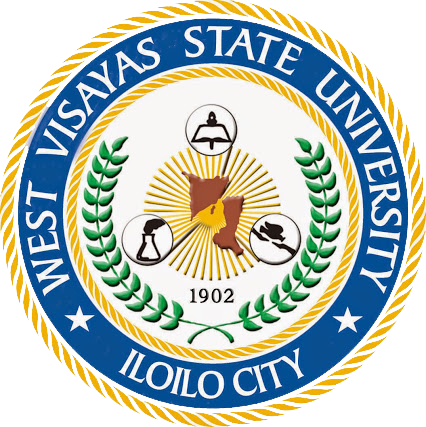Показать сокращенную информацию
Instruction using Oral Graphic Symbolic Language (OGSL) program and reading performance of learners from K-3: A tracer study
| dc.contributor.advisor | Monsalud, Rossini G. | |
| dc.contributor.author | Albacete, Friza Jen B. | |
| dc.date.accessioned | 2024-08-14T01:31:56Z | |
| dc.date.available | 2024-08-14T01:31:56Z | |
| dc.date.issued | 2022-07 | |
| dc.identifier.citation | Albacete, F.J.B. (2022). Instruction using Oral Graphic Symbolic Language (OGSL) program and reading performance of learners from K-3: A tracer study [Masters' thesis, West Visayas State University]. WVSU Institutional Repository and Electronic Dissertations and and Theses PLUS. | en |
| dc.identifier.uri | https://hdl.handle.net/20.500.14353/592 | |
| dc.description.abstract | This study was undertaken to ascertain the reading performance of the Kindergarten learners and to determine if there was a difference on the reading performance of the two groups. A tracer study was used to determine the reading performance of the participants after three consecutive years since they used the Oral Graphic Symbolic Language (OGSL) as a reading instruction in Kindergarten. The subjects were 14 intentionally selected Grade 4 gifted and talented learners who had undergone reading instruction using Oral Graphic Symbolic Language (OGSL) and 14 randomly selected Grade 4 gifted and talented learners who had not. There were 28 respondents in all. The data used in the study were the English grades, Phil-IRI results and reading ability test results obtained by the subjects during their Grades 1-3 classes based on the Interpretation of DepEd grading system, Revised Philippine Informal Reading Inventory manual and EGRA (Early Grade Reading Assessment) Deped Reading Assessment Tool. A researcher-made survey questionnaire july-validated was used to find out the experiences of pupils who had undergone Reading instruction with OGSL Program, together with their teachers. The data obtained were subjected to the following statistical treatments: mean, standard deviation, frequency count, percentage and Mann pupils who had undergone OGSL reading instruction and pupils who have not undergone OGSL reading instruction (u=56.00, p= .053). Meaning the two groups are comparable in their reading performance. Statistically, there is no significant difference, but OGSL Reading program is an effective reading instruction as shown by the results of PHIL-IRI and DepEd Reading Assessment Tool together with Early Grade Reading Assessment (EGRA). | en |
| dc.format.extent | xi, 109 p. | en |
| dc.language.iso | en | en |
| dc.publisher | West Visayas State university | en |
| dc.subject | Early Grade Reading Assessment (EGRA) | en |
| dc.subject | Early childhood education | en |
| dc.subject | OGSL (Oral Graphic Symbolic Language) Program | en |
| dc.subject | Reading performance | en |
| dc.subject | Tracer study | en |
| dc.subject | Longitudinal study | en |
| dc.subject | Reading | en |
| dc.subject | Reading instruction | en |
| dc.subject | Reading development | en |
| dc.subject | LEA (Language Experience Approach) | en |
| dc.subject | Reading model | en |
| dc.subject.lcsh | Early childhood education | en |
| dc.subject.lcsh | Reading readiness | en |
| dc.subject.lcsh | Reading | en |
| dc.subject.lcsh | Reading--Phonetic method--Study and teaching (Primary) | en |
| dc.title | Instruction using Oral Graphic Symbolic Language (OGSL) program and reading performance of learners from K-3: A tracer study | en |
| dc.type | Thesis | en |
| dcterms.accessRights | Limited public access | en |
| thesis.degree.discipline | Early Childhood Education | en |
| thesis.degree.grantor | West Visayas State University | en |
| thesis.degree.level | Masters | en |
| thesis.degree.name | Master in Education | en |
| dc.contributor.chair | Germinal, Angelita D. | |
| dc.contributor.committeemember | Gabasa, Chive G. | |
| dc.contributor.committeemember | Borro, Percy M. | |
| dc.subject.sdg | SDG 4 - Quality education | en |
Файлы в этом документе
Данный элемент включен в следующие коллекции
-
2. Master's Theses [60]


